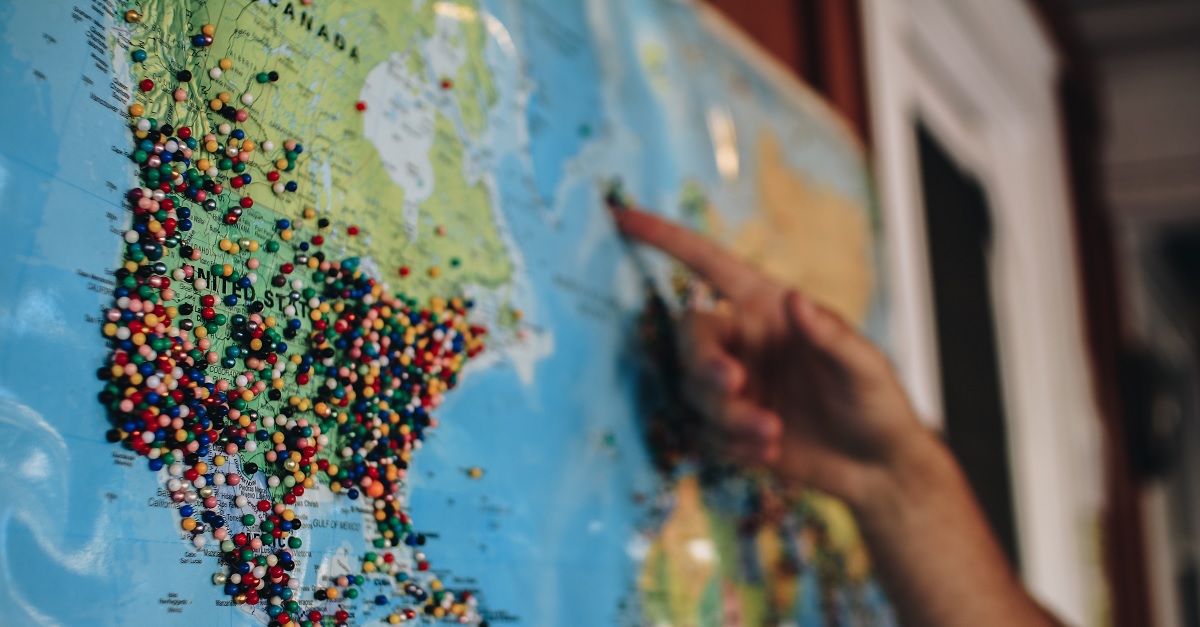Children’s Human Rights CPD Day Four: ‘A Global Picture of Children’s Human Rights’

Author: Peipei Chen, student at the University of Edinburgh
Day 4 – March 10 2022
On the fourth day of this course, Professor Ann Skelton (member of the UN Committee on the Rights of the Child) covered the topic of children’s rights and comparative perspectives. Other international treaties besides the UNCRC also protect the rights of children. For example, all UN treaties can be used to support children’s rights, because children are also human beings and entitled to human rights. Professor Skelton added that in order to build a complete legal framework, we should not ignore the UN mechanisms such as the Special Rapporteurs, who are not affiliated to any Convention and therefore have more freedom to make decisions. Likewise, it should not be forgotten that private international law can also be used to deal with conflicts.
Professor Skelton went on to explain the system of children’s rights in the different regions. Under the Council of Europe, the European Convention on Human Rights and the European Social Chapter are general human rights instruments, with certain provisions particularly for children. The Arab Charter on Human Rights (ACHR) was passed by the League of Arab States, but it is not fully consistent with human rights law. Helpfully, though, it prohibits the execution of all children under the age of 18, although 6 countries in the region continue to do so. The African Charter on the Rights and Welfare of the Child (ACRWC) is the only other treaty that focuses solely on children’s rights. Prof Skelton noted that the ACRWC sets the age of marriage for boys and girls at 18; this absolute stance (in contrast to the UNCRC, which does not specifically address child marriage in its articles) is considered by many to be necessary to prevent the harmful effects of child marriage but also raises questions about the extent to how far children are allowed to make decisions about their relationships – an ever present tension in the children’s rights. Prof Skelton said that the Committee has pointed out to several African countries that this does not mean they have to raise the age of sexual consent to 18, as this can have negative consequences. Asia has no binding convention, but the Association of South East Asian Nations has issued declarations and recommendations on children’s rights.
Furthermore, Prof Skelton noted the growing intersections between the regional and international levels. Although the different regions operate independently of the UN, regional decisions can be influential in the development of international law. An example is the Inter-American system of human rights, with a key advisory opinion on the environment having provided grounding for the recent decision by the UN Committee on the Rights of the Child in Sacchi et al v Argentina et al.
The afternoon’s case studies focused on care experienced children in Scotland. The radical new vision in Scotland will provide opportunities to ensure all rights of care experienced children are met. During the workshops, there was a lively discussion about the various aspects that need to be taken into account when making legal interventions for children, including the child’s own views, carers’ experiences, siblings’ rights and, crucially, the best interests of the child in conjunction with the UNCRC.
The Special Children’s Human Rights CPD course has been organized by the Institute for Inspiring Children’s Futures, in partnership with Together (Scottish Alliance for Children’s Rights), the Children and Young People’s Commissioner Scotland, the Observatory of Children’s Human Rights Scotland, and the Centre for the Study of Human Rights Law at the University of Strathclyde.
Source
Blog re-posted from The Institute for Inspiring Children’s Futures at the University of Strathclyde
Photo credit
Photo by Kelsey Knight on Unsplash




Comments are closed
Comments to this thread have been closed by the post author or by an administrator.